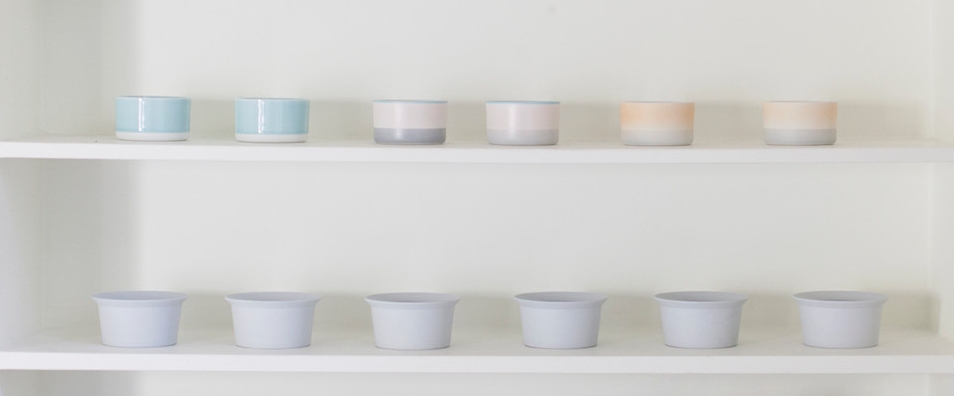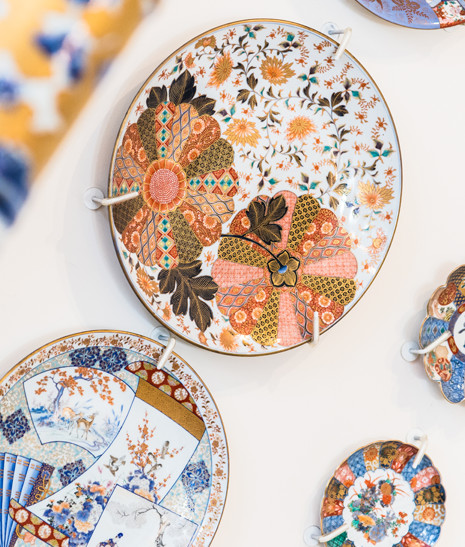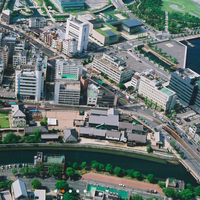Dutch ceramicists at work in Arita, Japan


Dutch ceramics artists have been working at Saga Ceramics Research Laboratory in Japan. In a joint venture with the European Ceramic Work Centre in the Netherlands, the initiative leads up to the 400th anniversary of the renowned Arita porcelain, exported throughout Europe by the Dutch East India Company from the 17th century.
The European Ceramic Work Centre (EKWC) entered into a joint venture with the Saga Ceramics Research Laboratory in the town of Arita in Saga Prefecture, a region in south west Japan that is renowned for its ceramic products.
The cooperation falls within an agreement between Saga Prefecture and the Dutch Embassy in Tokyo that was signed in November 2013, with the aim of initiating exchange between Saga and the Netherlands in the Creative Industries. This involves talented designers collaborating with the region’s producers (traditional and modern) and the fostering of teamwork between Dutch institutions and those in Saga.
In 2016 the Saga Prefecture is celebrating the 400th anniversary of Arita porcelain, which the VOC – the Dutch East India Company – exported throughout Europe via the Netherlands from the mid-17th century. With these historical ties in mind, Saga is keen to cooperate with Dutch designers and institutions in order to reinvigorate the region’s ceramics production, which has shrunk to 20% of the production level during the heyday of the late 1980s, and reconquer the European market.
 In 1616, Japan’s first porcelain was fired in Arita, and 2016 is the 400th birthday of this important event. As a major porcelain production area, from the very beginning, Arita experienced an ever increasing demand from all over Japan for its new and beautiful porcelain ware. Later, right through to the 18th century, massive quantities of Arita porcelain were exported by the Dutch East India Company (VOC) to foreign countries, where it was enthusiastically received by royalty and came to adorn many a European palace. On display at the Paris World Exposition 1900, Arita porcelain was awarded the Medaille d’Or (gold medal); Arita porcelain has won many accolades over its long history.
In 1616, Japan’s first porcelain was fired in Arita, and 2016 is the 400th birthday of this important event. As a major porcelain production area, from the very beginning, Arita experienced an ever increasing demand from all over Japan for its new and beautiful porcelain ware. Later, right through to the 18th century, massive quantities of Arita porcelain were exported by the Dutch East India Company (VOC) to foreign countries, where it was enthusiastically received by royalty and came to adorn many a European palace. On display at the Paris World Exposition 1900, Arita porcelain was awarded the Medaille d’Or (gold medal); Arita porcelain has won many accolades over its long history.The cooperation agreement between the EKWC and the Saga Ceramics Research Laboratory was signed during a visit by EKWC’s Director, Ranti Tjan, to Arita. He visited several local producers of this renowned porcelain, Kyushu Ceramics Museum and Arita College of Ceramics. This visit was made possible by the Creative Industries Fund NL. The EKWC and Saga intend to encourage the sharing of technology and design quality, and to establish an Artist-in-Residence programme.
Kirstie van Noort was one of the first NL ceramicists invited to Arita - read about her trip here
Further information: European Ceramics Work Center and Saga Ceramics Research Laboratory, and English pdf. info.
Similar content
from - to
12 Apr 2016 - 09 Oct 2016
posted on
16 Mar 2017
07 Oct 2014
posted on
01 Apr 2016
from - to
05 Oct 2013 - 20 Jan 2014
02 Oct 2015




